-
×
-
×
-
×
-
×
-
×
-
×
Subtotal: £118.14

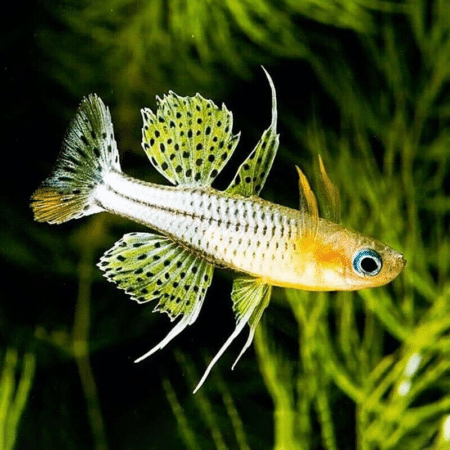

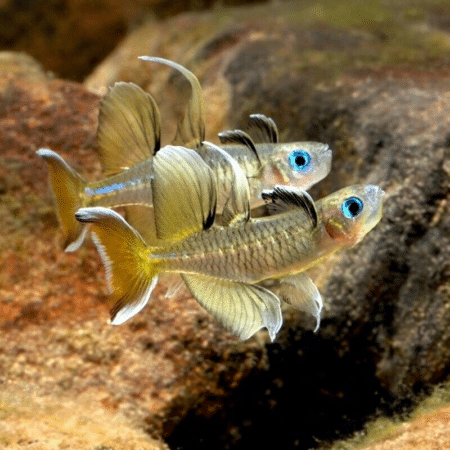



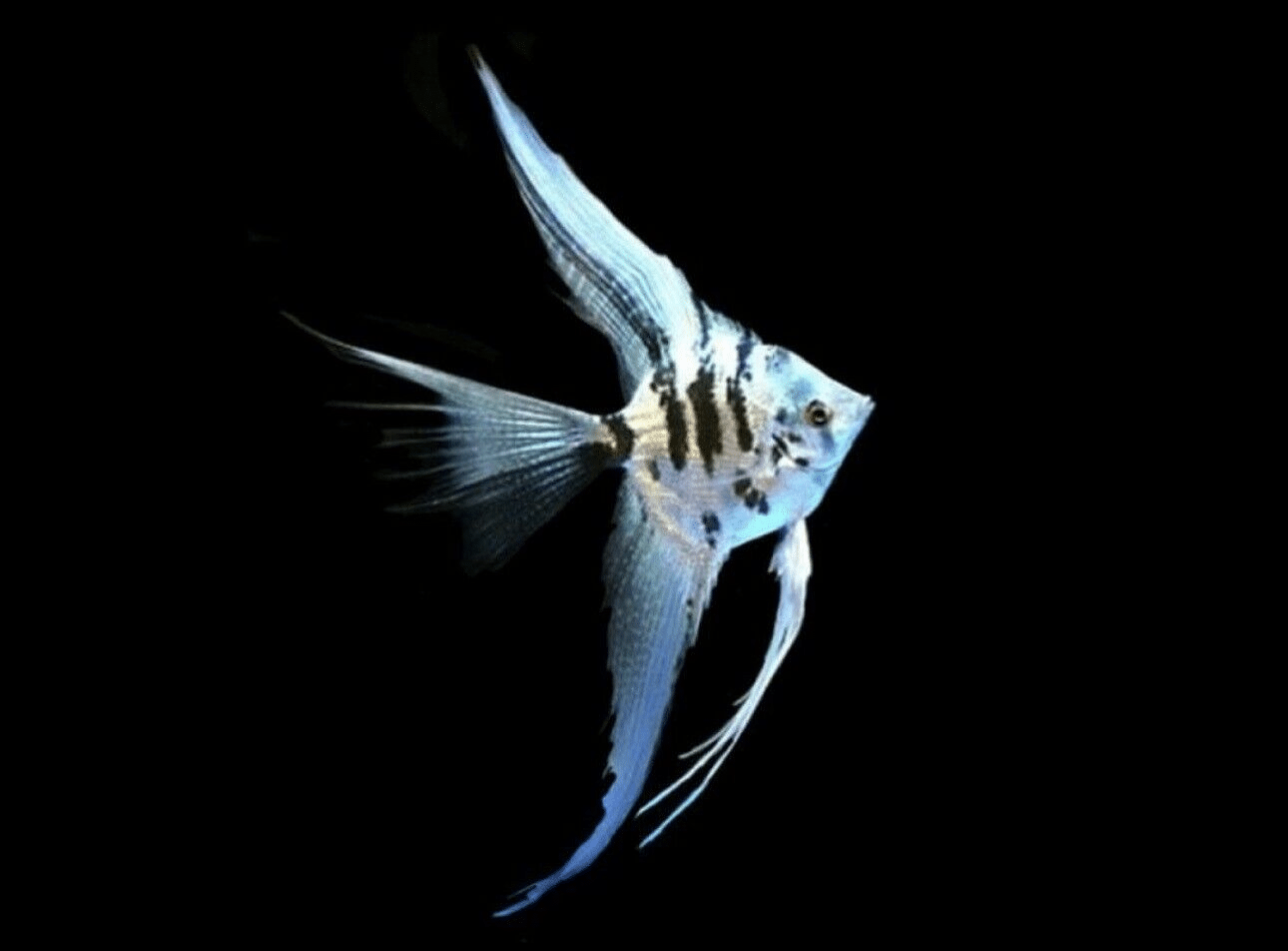
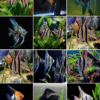
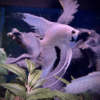









Emily Carter (verified owner) –
I recently added the Dalmatin Angelfish (Pterophyllum Scalare) to my 55-gallon community tank, and I couldn’t be happier! These gorgeous angels arrived healthy and full of personality, definitely living up to their stunning reputation. After a week of settling in, they started to explore their environment and quickly became the main attraction in my aquarium.
Their unique spotted pattern adds so much character, and I’ve noticed they interact beautifully with my other tropical fish. Compared to other angelfish I’ve kept in the past, I find the Dalmatin variety to be quite sociable and less aggressive, making them perfect for community setups.
One minor concern was that they were a bit shy initially, but with the right hiding spots and plants, they quickly adapted. I recommend giving them plenty of space and some floating plants for security!
If you’re looking to enrich your aquarium with vibrant life, these angel fish are a fantastic choice. They thrive in well-maintained tanks and make for a beautiful addition to any tropical fish setup. I’m thrilled with my purchase and would urge fellow aquarists to consider these beauties!
Emma Carter (verified owner) –
I recently welcomed a Dalmatin Angelfish into my home aquarium, and I couldn’t be happier! This fish is not only visually striking with its beautiful black and white spots, but it also has a charming personality that brings life to the tank. After about a month of keeping it, I noticed that it thrives on a varied diet, and I’ve been feeding it quality tropical fish flakes and occasional freeze-dried bloodworms.
One of the best features of this species is its adaptability; my Dalmatin has adjusted wonderfully to my planted 55-gallon tank. I love watching it interact with my other cichlid fish, and it’s fascinating to see how it elegantly glides through the plants. I have to mention that it did take a few days to settle in, and I had to ensure the water parameters were just right for its comfort.
Compared to other angelfish I’ve owned, the Dalmatin has been much more resilient and social. I highly recommend it for beginner aquarists, as it’s relatively easy to care for and enhances any aquarium setting beautifully. Just make sure to provide ample swimming space and a well-maintained environment. Trust me, you’ll fall in love with this fish just like I did!